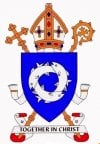The Norse Church in Shetland
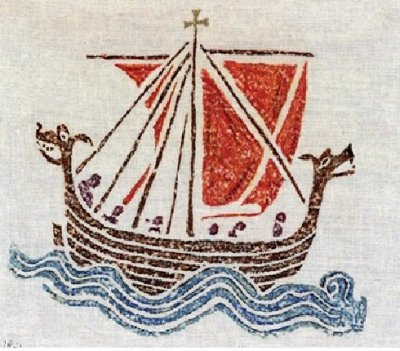
The Viking raids from the beginning of the ninth century probably wiped out the early Celtic church in Shetland since the first Viking settlers were pagan. Christianity was reintroduced after the conversion of King Olaf Tryggvason in 995, and for the next five centuries Shetland formed part of the Norwegian Catholic Church.
![]()
The earliest documented Shetland cleric was 'Svein the priest' on Papa Stour, mentioned in a document of 1299. A little later we hear of priests being appointed to Shetland from Bergen diocese. In 1195 Shetland was withdrawn from the Earldom of Orkney and ruled directly from Norway as a Crown Colony. The church was administered by the Archbishop of Nidaros (Trondheim), assisted by eleven other bishops, including the bishop of Orkney.
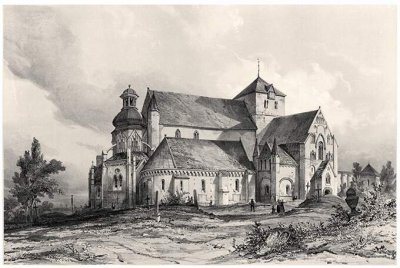
The senior cleric in Shetland was the archdeacon of Tingwall who had his church at a prominent spot at the head of Tingwall Loch, just above the site of the old Norse parliament ('Law Ting Holm') on the promontory jutting into the loch. Legend has it that in the Norse period Shetland had three tower churches, similar to the one still standing on the island of Egilsay in Orkney, built by three Norwegian sisters.

The eldest gifted St Magnus's Church to Tingwall, the youngest gave the church of St Mary to Bigton, and the middle sister gave the church of St Laurence to Burra Isle. All three survived until the end of the 18th century when they were torn down to be replaced by the present Presbyterian kirks. Tingwall had probably been largely rebuilt as a steeple church in the late middle ages since a report on rebuilding Tingwall Kirk dated 1783 noted, "There can be no want of stones, for the steeple wants the dignity of antiquity to become a monument worth preserving. I therefore am humbly of the opinion that it should be used for the new church, especially as it is now the only remains of Popery in the country."
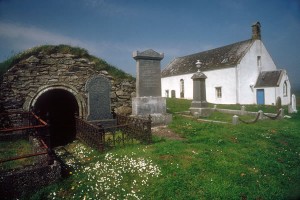
The burial vault (opened in 1952 and now used to preserve the grave slabs from the cemetery) is sometimes described as the only surviving fragment of the old parish church destroyed in 1788, but it dates from the 17th century. Nothing survives above ground of the medieval church.
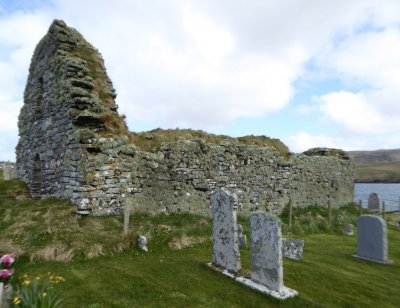
Probably the most imposing relic of the Norse church in Shetland is the ruin of St Olaf's Church at Lund, Unst. It dates from about 1150.
Shetland still belonged to the Earldom of Orkney when the magnificent cathedral dedicated to St Magnus was built in Kirkwall.
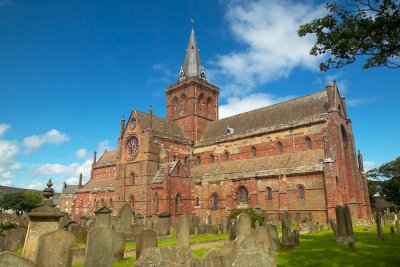
The Norse settlers in Shetland were enthusiastic promoters of the cult of St Magnus and the church built in his honour at Tingwall was constructed from a similar red sandstone shipped from Orkney.
Illustrations:
1. Viking longship from the cover of the book "West over Sea", a Festschrift in honour of Barbara Crawford.
2. Modern icon of St Olaf of Norway.
3. Nineteenth century drawing of Nidaros Cathedral, Trondheim, before restoration.
4. Egilsay Church, Orkney. Site of the martyrdom of St Magnus.
5. 18th century Tingwall Kirk, near the site of St Magnus' Church,Tingwall, showing 17th century burial vault.
6. Ruins of St Olaf's Church, Lund, Unst. 12th century.
7. St Magnus Cathedral, Kirkwall, Orkney. 12th century.



